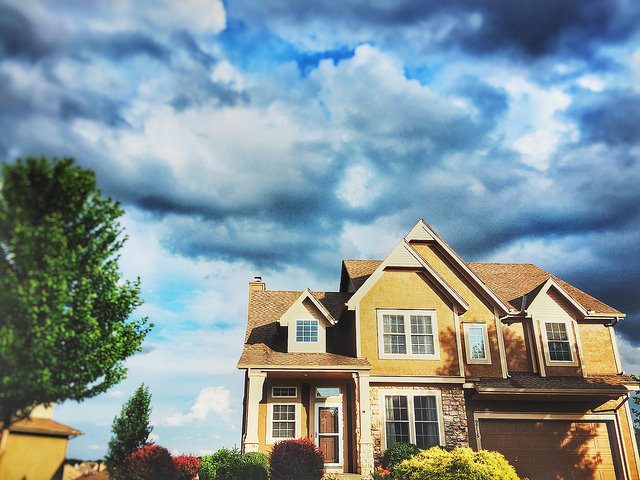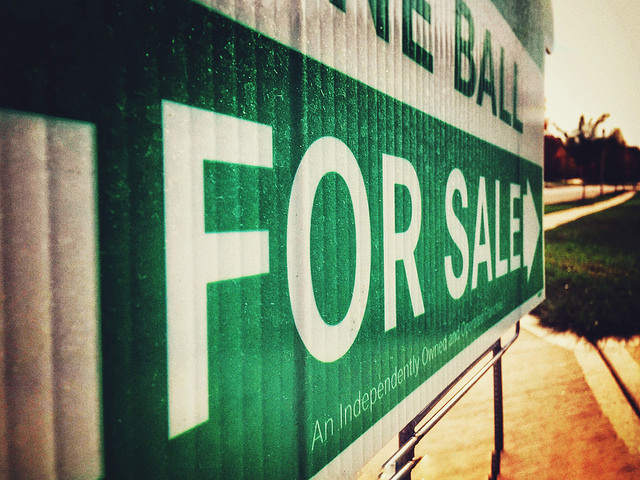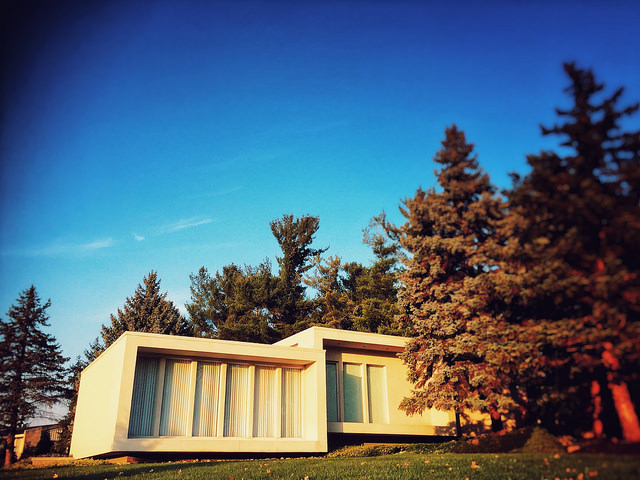So much time is spent analyzing monthly numbers and mortgage rate fluctuations that the big picture can sometimes get lost in all that data. Sure, paying attention to the short term movements of the market can give buyers and sellers an idea of what they should expect once they put their home up for sale or make an offer on a house, but in order to really know where the real estate market is headed in the future, there are some other more significant trends to watch. According to Freddie Mac’s most recent monthly insight report, increasing income inequality, the rising share of land costs, and the increase in land use restrictions will play a large role in determining who buys homes, where they buy, and how much they pay in the years to come. “The change in income distribution shifts the demand for housing – both the total demand for homeownership and the demand for different types of housing,†Sean Becketti, Freddie Mac’s chief economist, says. “The rising share of land costs shifts the supply of housing – houses cost more than before because of the higher cost of the land component of the house. And land use restrictions limit the supply of more-affordable housing in richer states. No analysis of the future housing market is complete without considering them.†More here.













